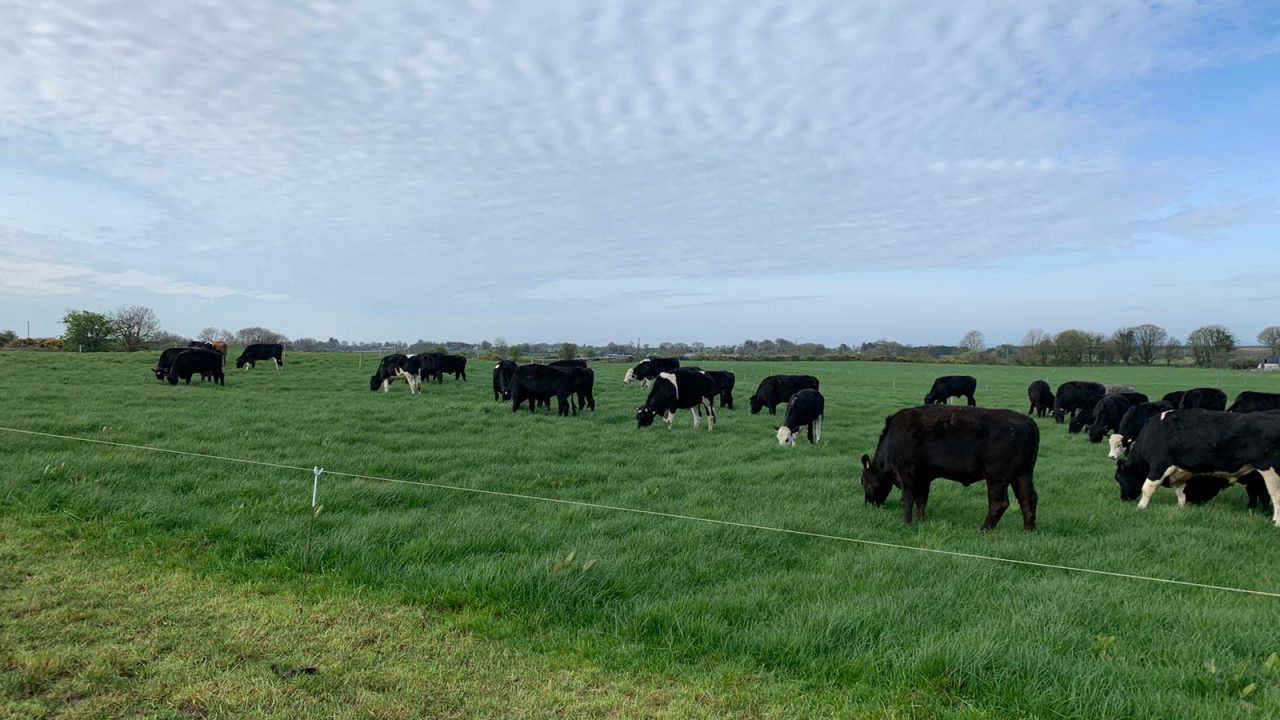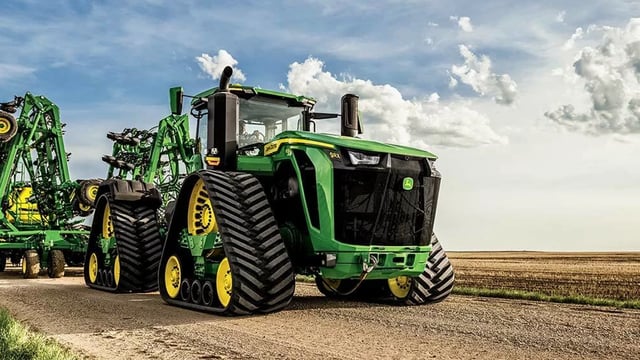Table: Guide to knowing your farm stocking rate in kg N/Ha
The farm stocking rate in kg/N/Ha is an important figure for farmers to know, as many farm regulations are enacted based on it.
The figure gives an indication of how intensive or extensive a farming system is, but the reality is that a lot of farmers do not know what their farm stocking rate is.
On beef farms, the stocking rate will often vary significantly over the course of the year but it is the average figure for the full year that is important.
A farm's stocking rate is calculated as the total annual nitrogen (N) (kg) excreted by grazing livestock, averaged over the net grassland area (grazing and silage area).
The bovine stocking rate of a farm is captured on the farmer's Agfood account. Ovine and equine calculations must be done manually and added to the Agfood bovine figures.
A lowland ewe and her lamb(s) has a nitrogen excretion rate of 13kg/year, a lowland hogget 6kg/year, and a horse >3 years is 50kg/year.
The table below is a template for farmers to calculate their stocking rate on the grassland area of their farm:
| Animal type | Average number of animals on the farm/year | Excretion of organic N/animal/year (kg/head/year) | Total organic N excretion/year (kg) |
|---|---|---|---|
| A | B | C (A X B = C) | |
| Suckler cow | 65 | ||
| 0-3 months cattle | 1 | ||
| 4-12 months cattle | 20 | ||
| 1-2 years cattle (female) | 55 | ||
| 1-2 years cattle (male) | 61 | ||
| 2+ years cattle | 65 | ||
| Dairy cows Band 1 | 80 (subject to crude protein band) | ||
| Dairy cows Band 2 | 92 (subject to crude protein band) | ||
| Dairy cows Band 3 | 106 (subject to crude protein band) | ||
| Lowland ewe | 13 | ||
| Mountain ewe | 7 | ||
| Lowland hogget | 6 | ||
| Mountain hogget | 4 |
The table below shows how farmers can use the values in Table 1 to identify their farms' total organic N excretion/year and the farm stocking rate also.
| Calculation | |
|---|---|
| Total organic N excretion/year: | A X B = C (see Table 1) |
| Total grassland area: | D |
| Stocking rate (kg/ha) | C ÷ D =Stocking rate (kg/ha) |
To know the maximum permitted N fertiliser allowance, farmers must know their stocking rate. To know the permitted phosphorus (P) fertiliser allowance, farmers must know their soil indexes and their concentrate feed usage.
It is also important to remember that land in the Agri-Climate Rural Environment Scheme (ACRES) measures, such as Riparian zones, will have no N or P allowance and land in low input grassland measures will have reduced allowances.
Farmers who are unsure of what their stocking rate is should check out their Agfood account or contact their farm adviser.





